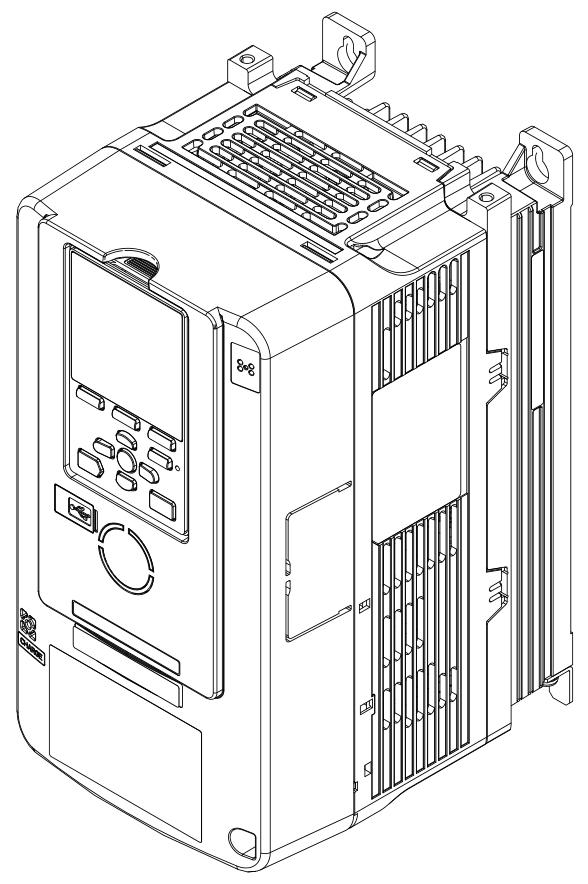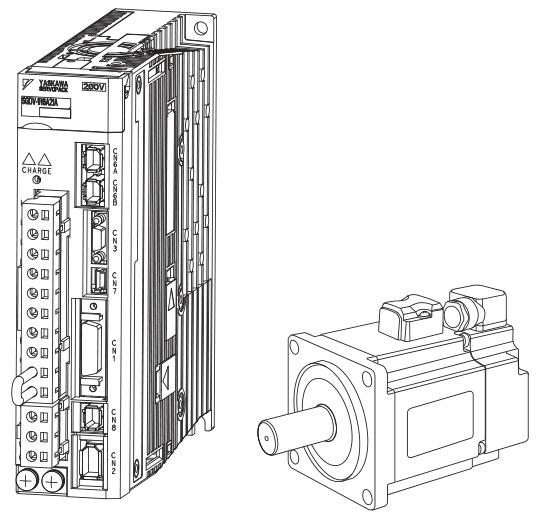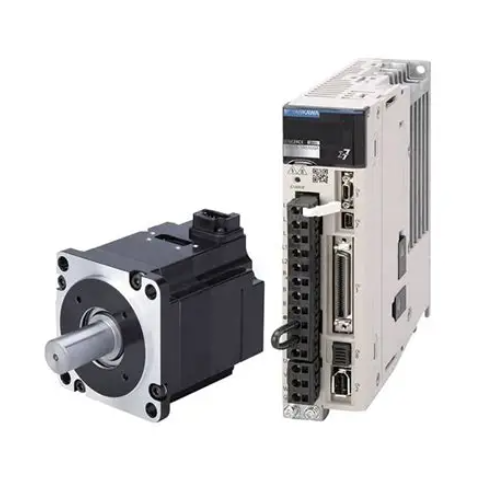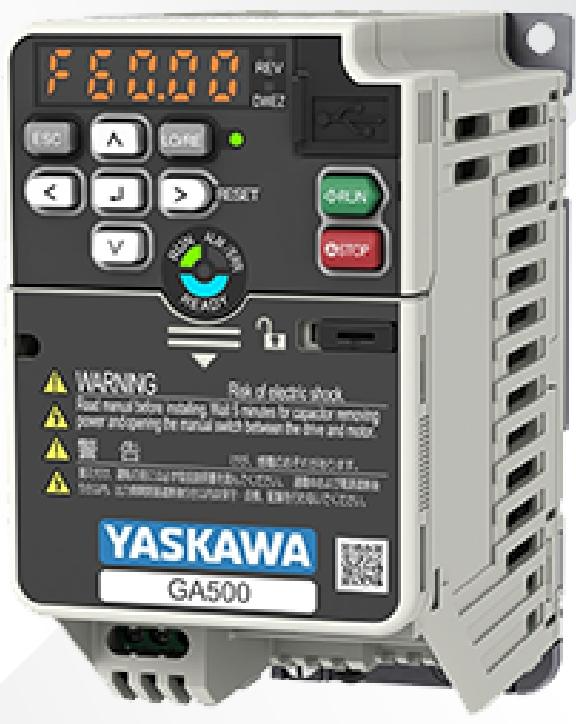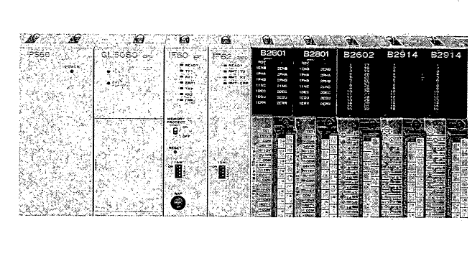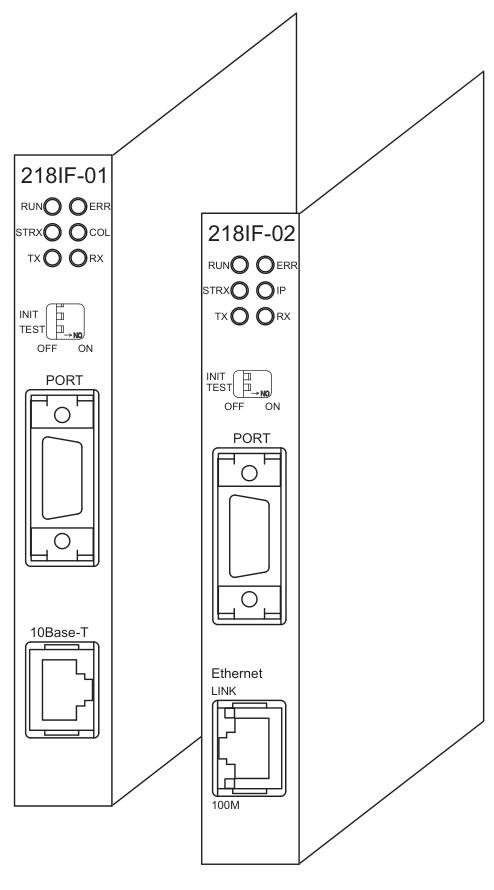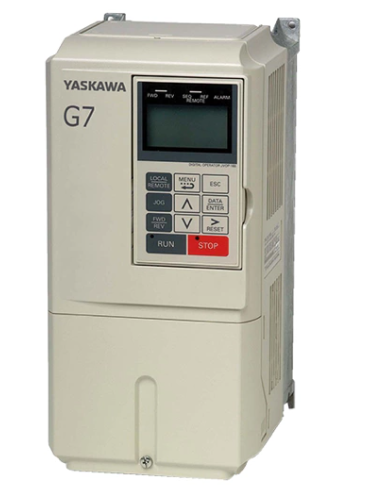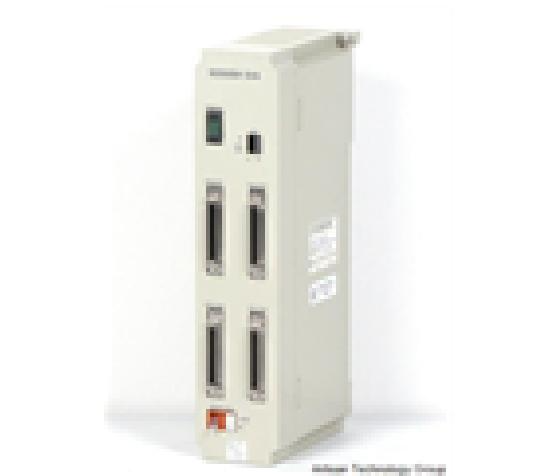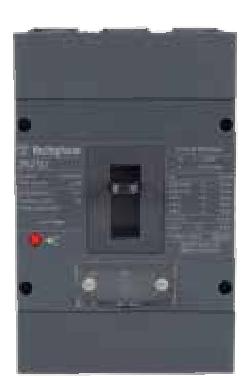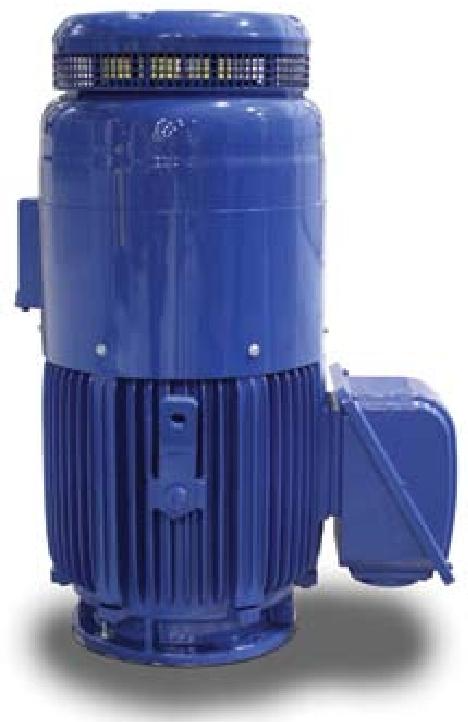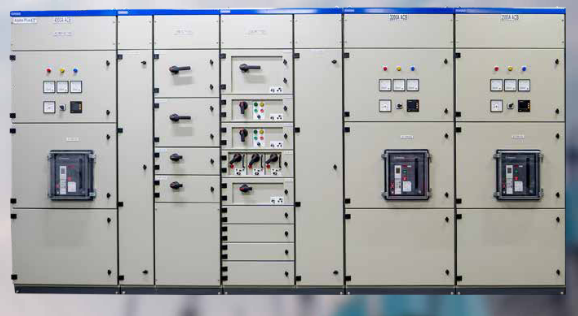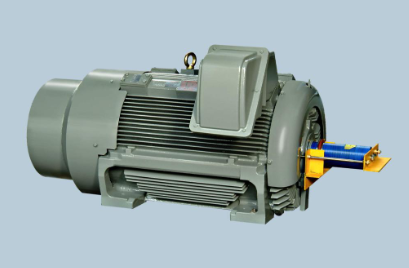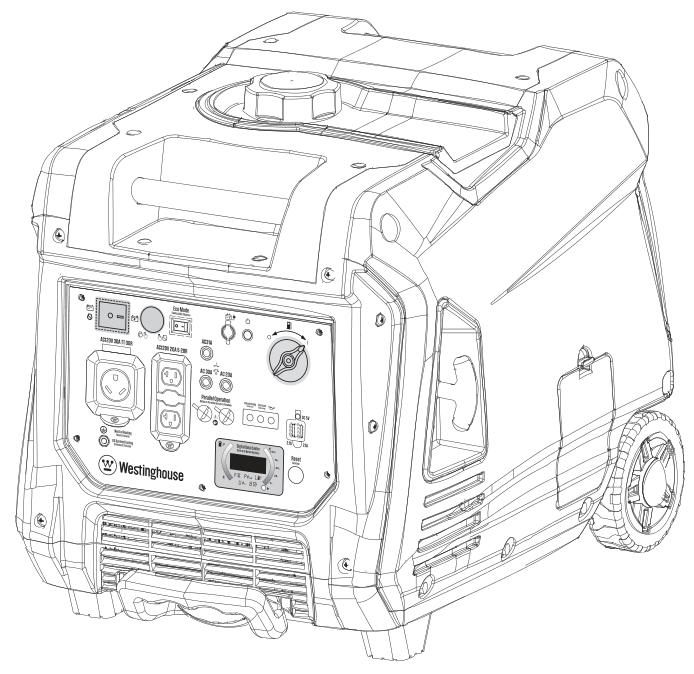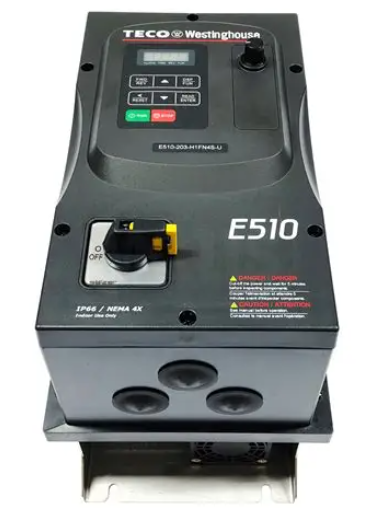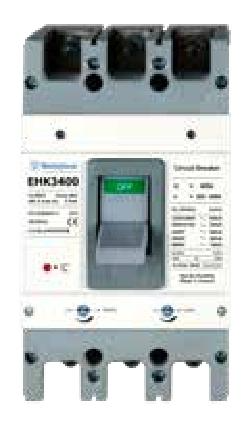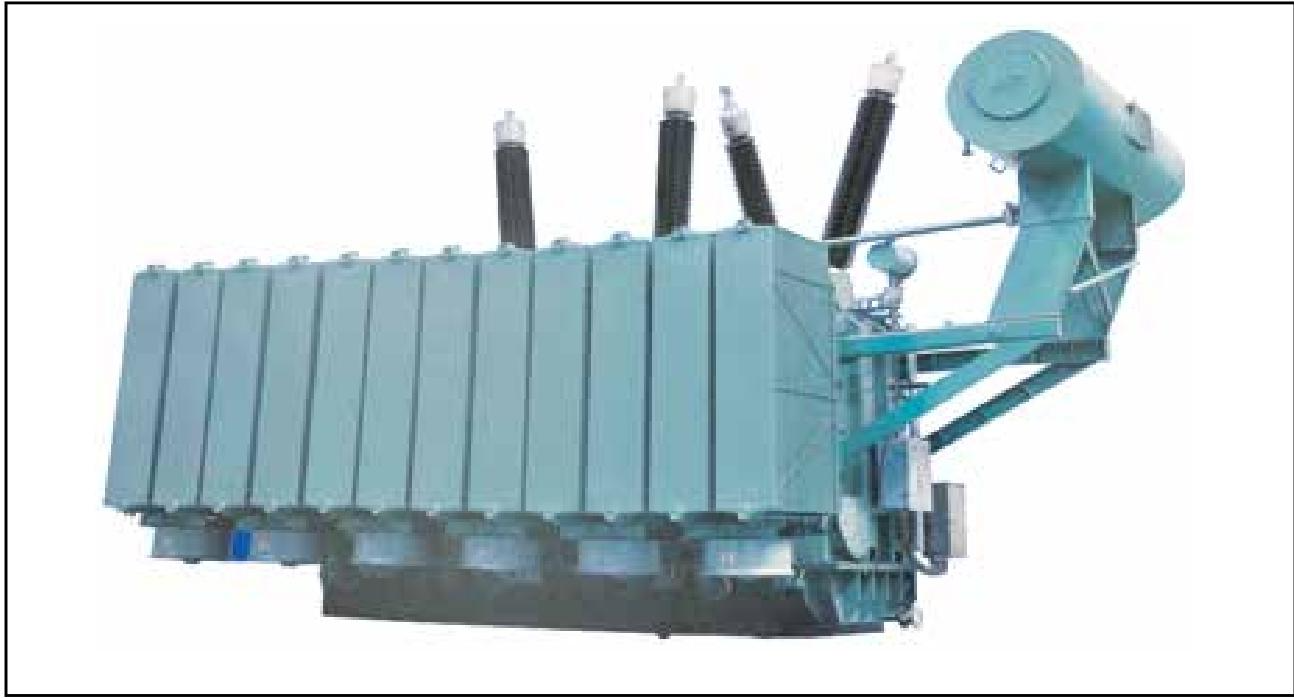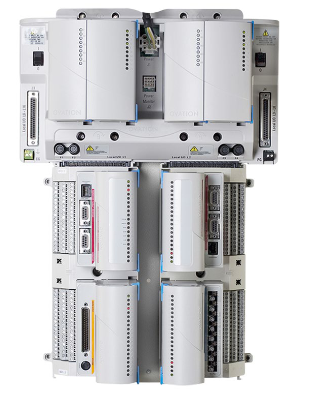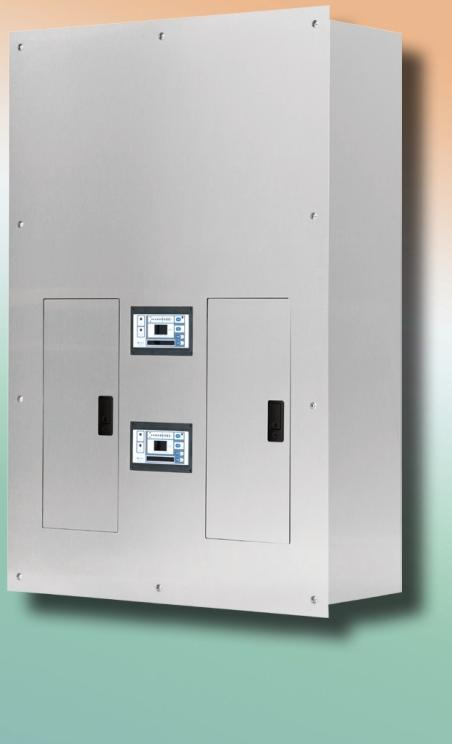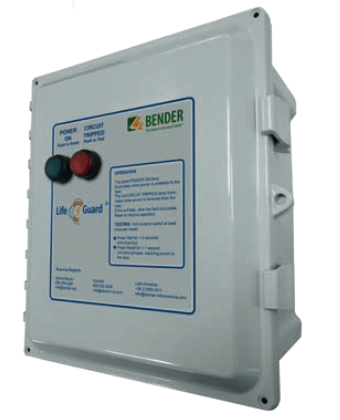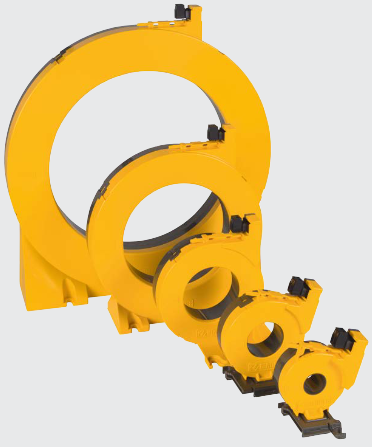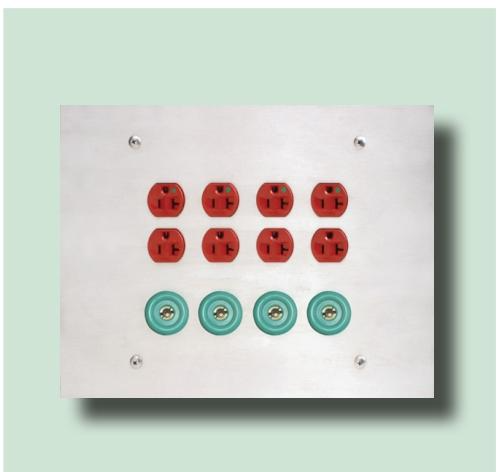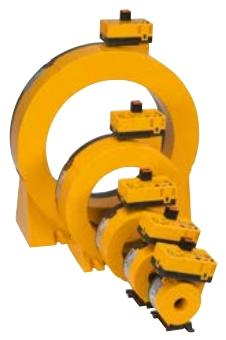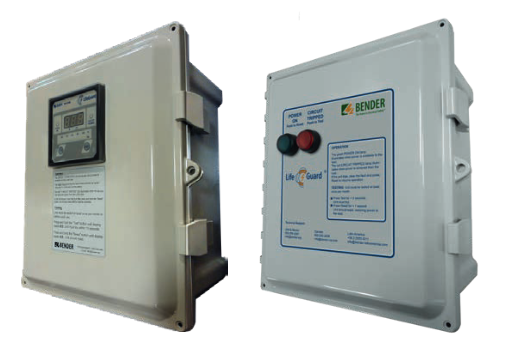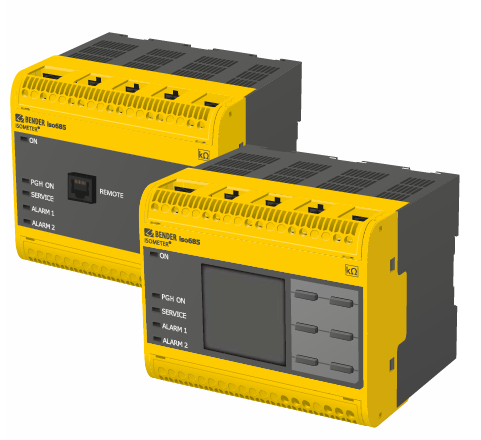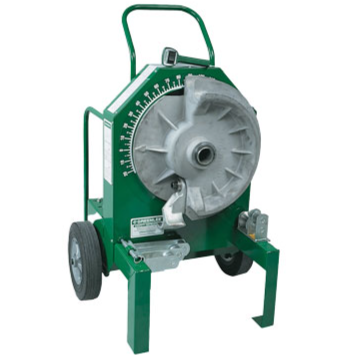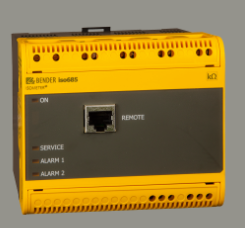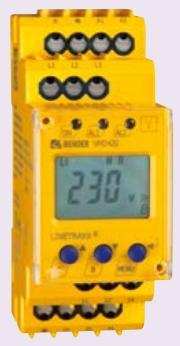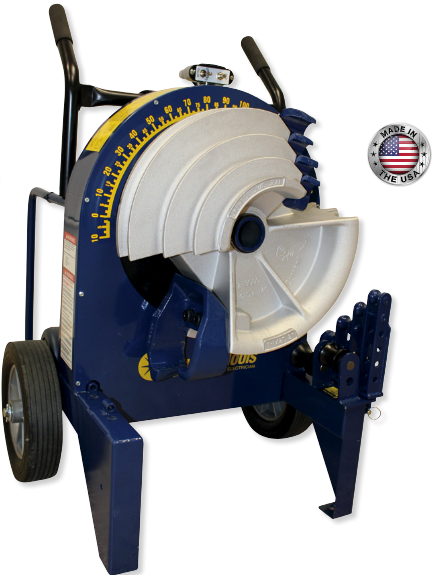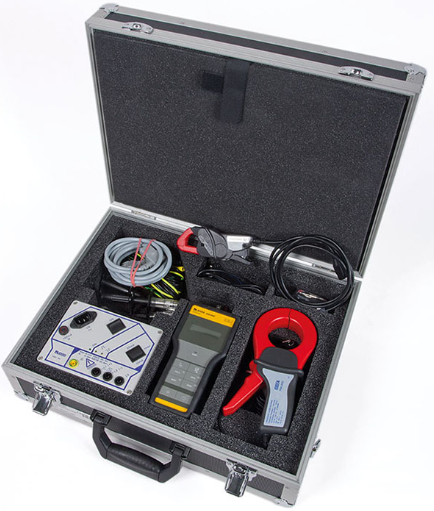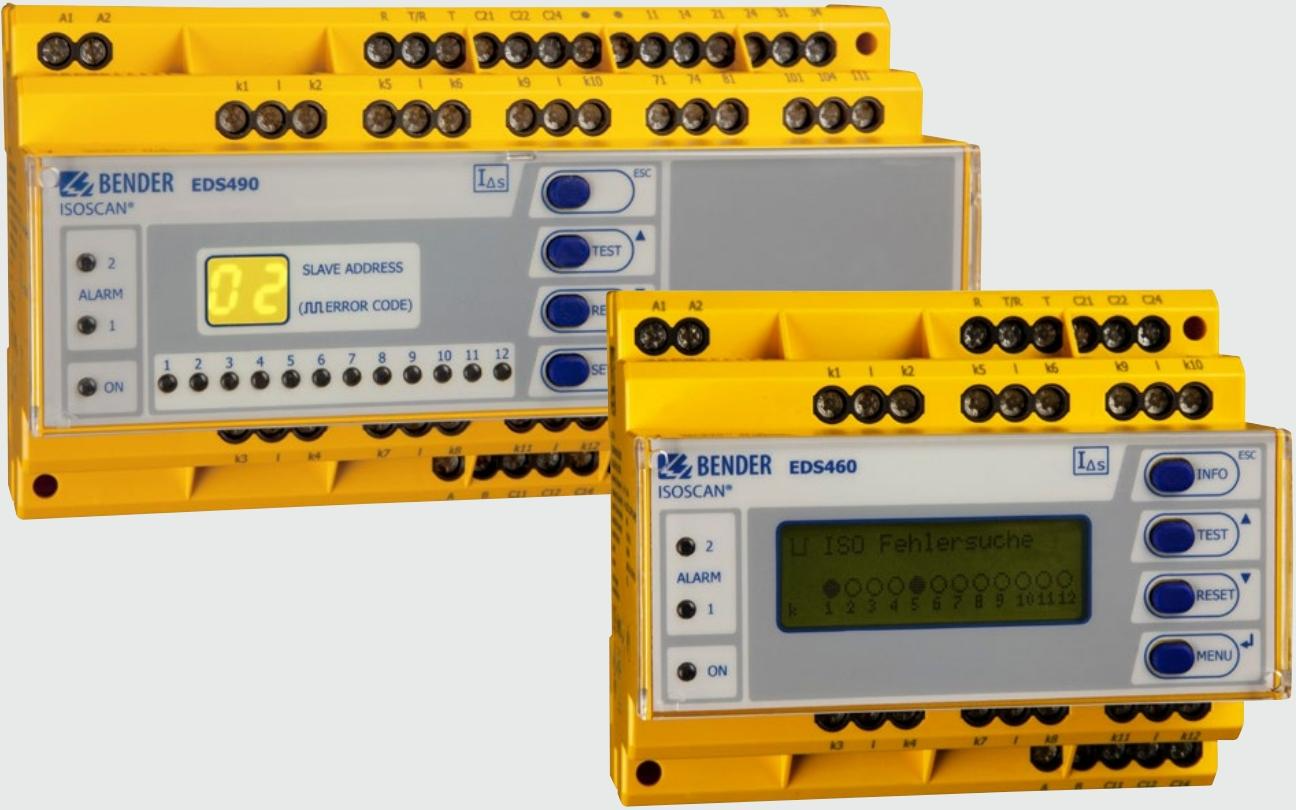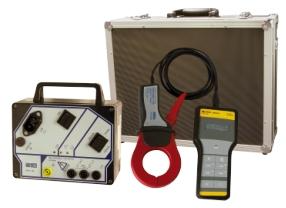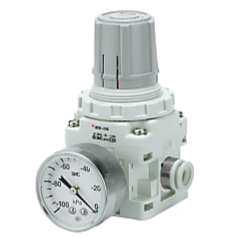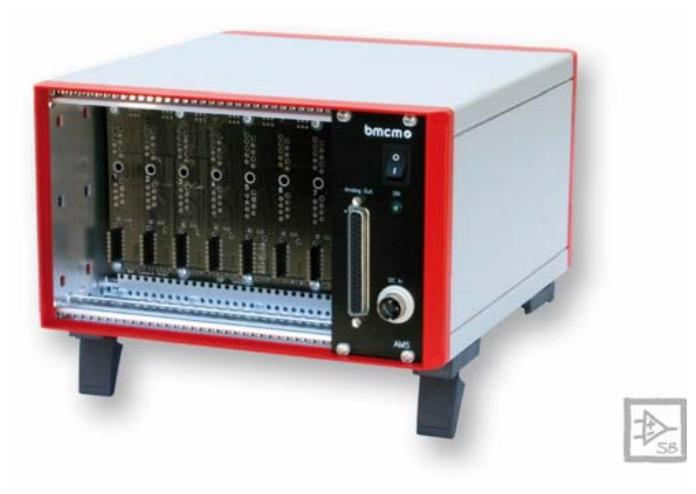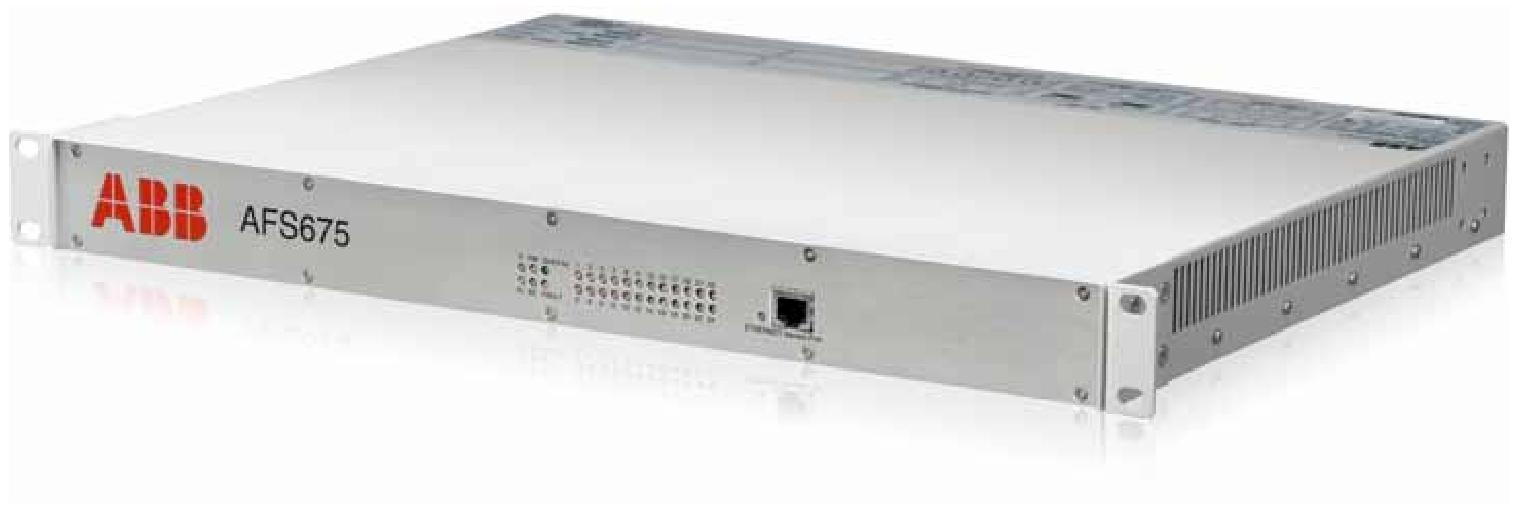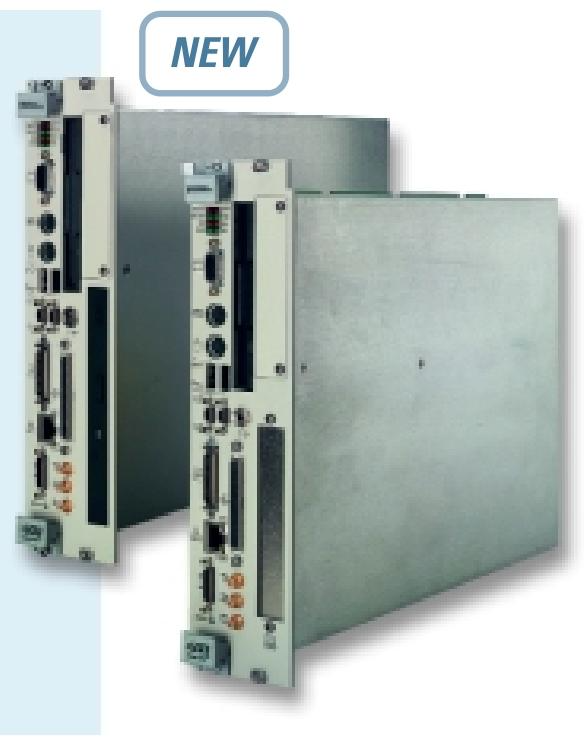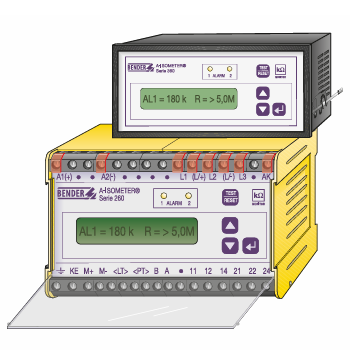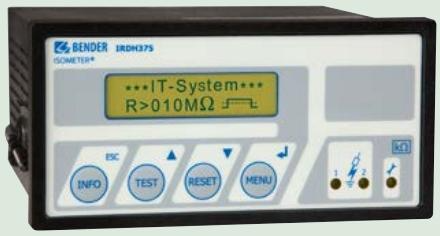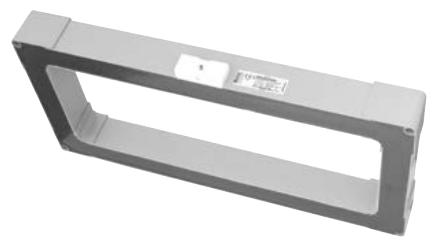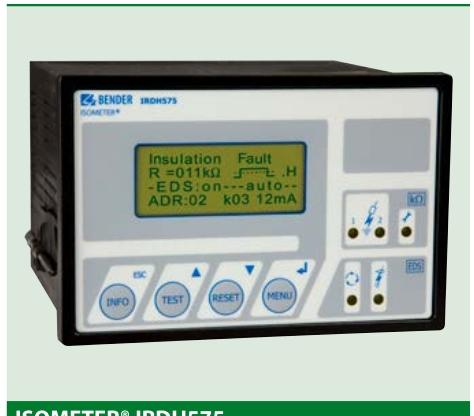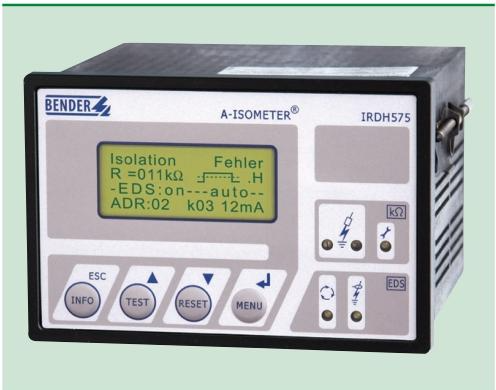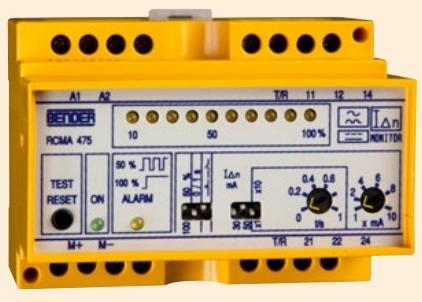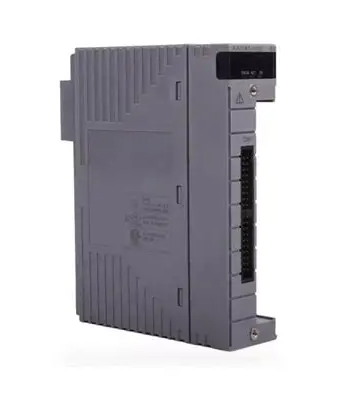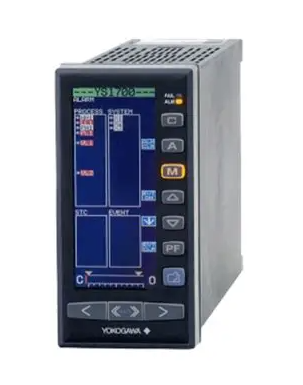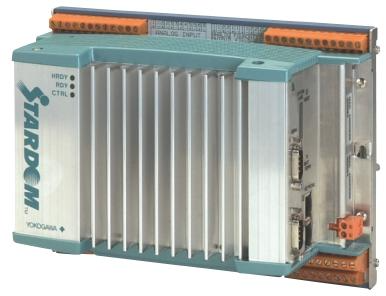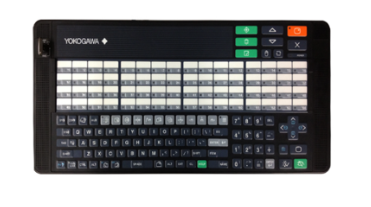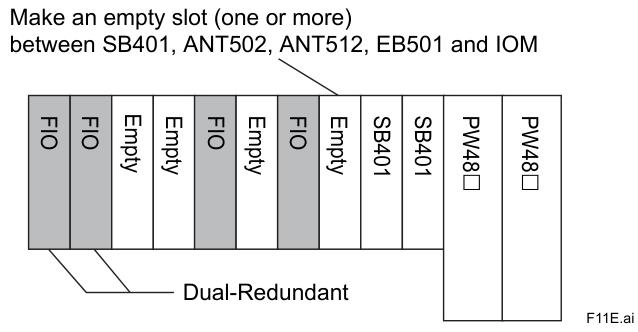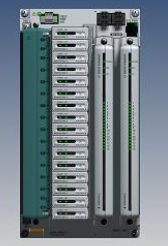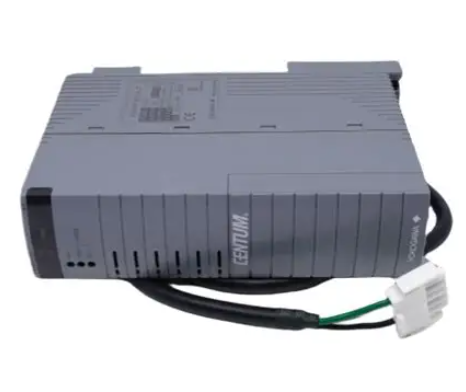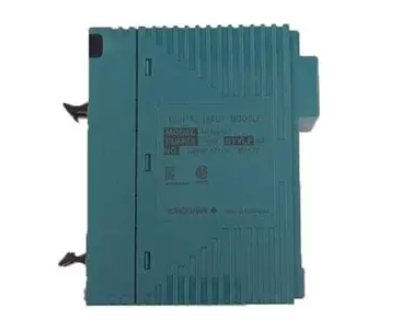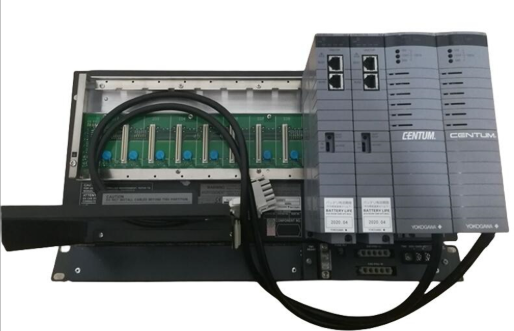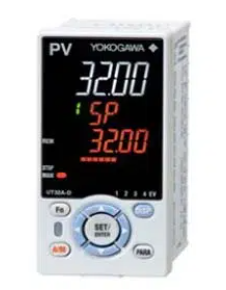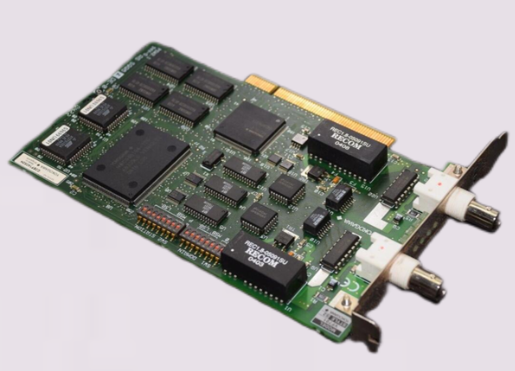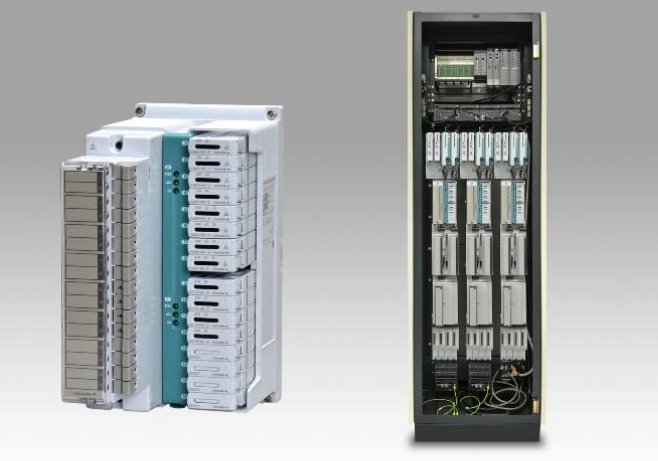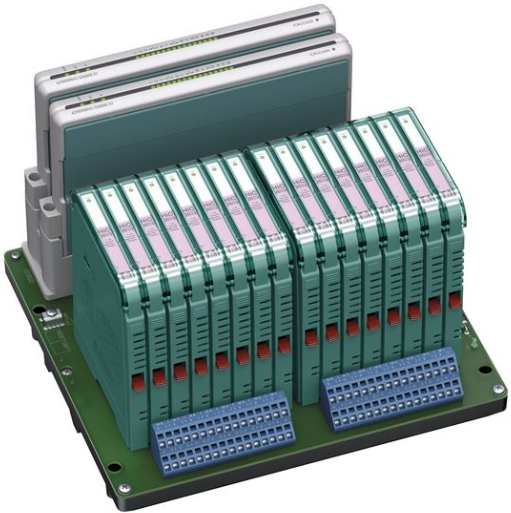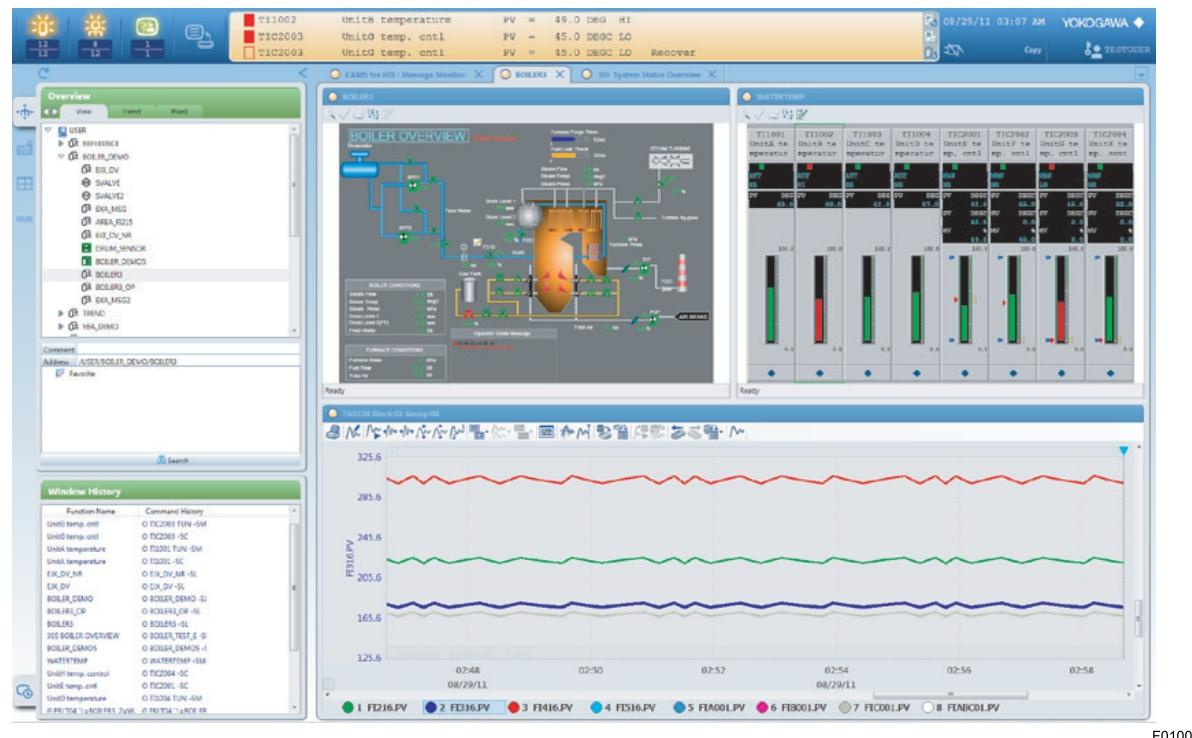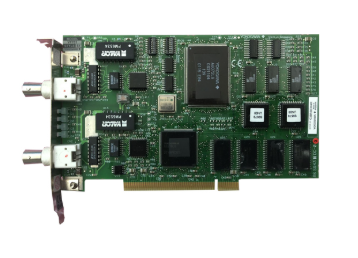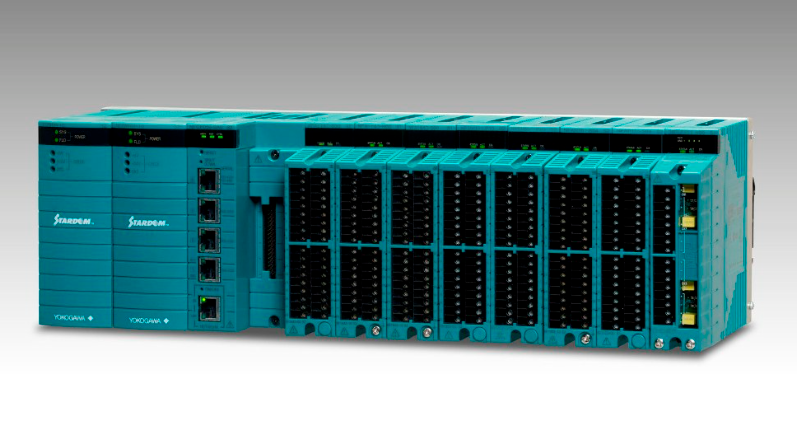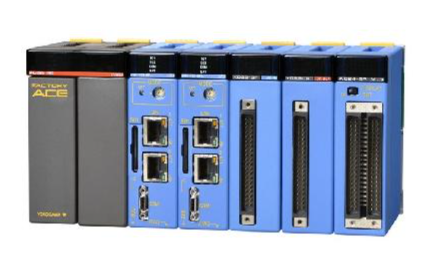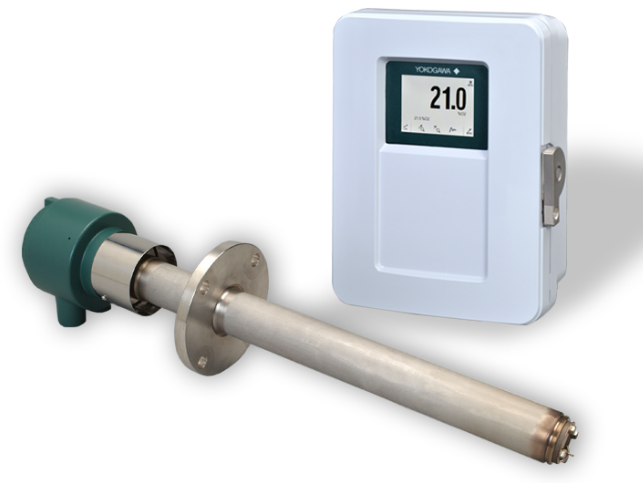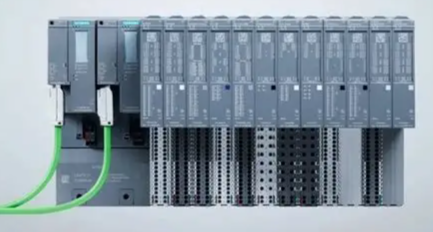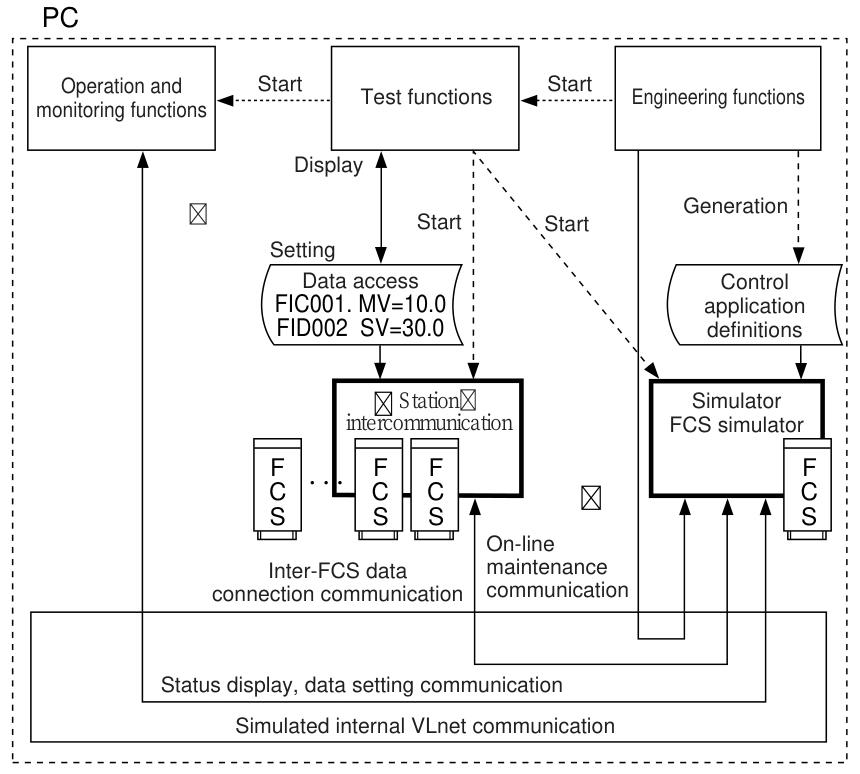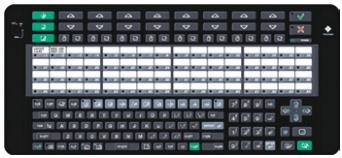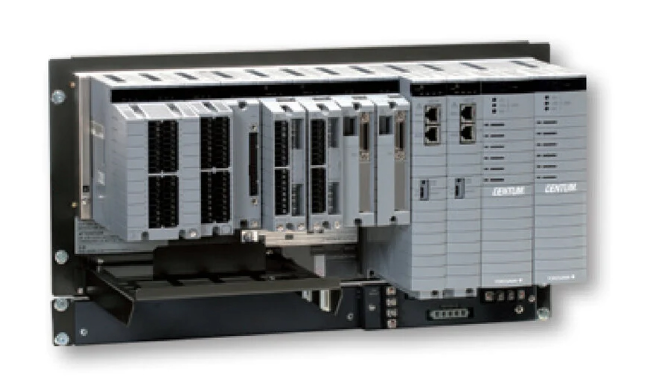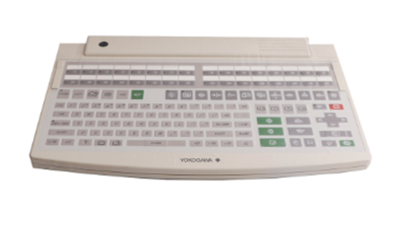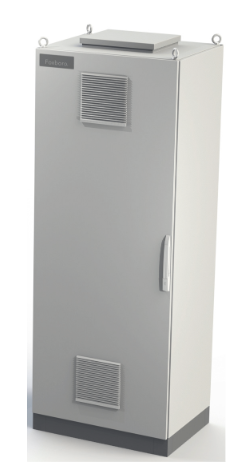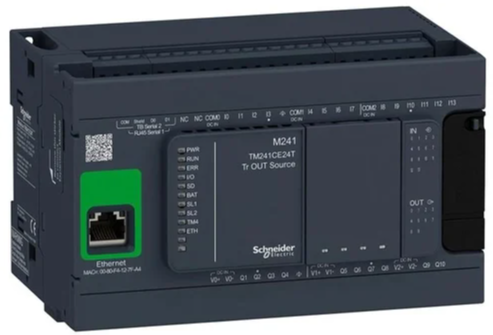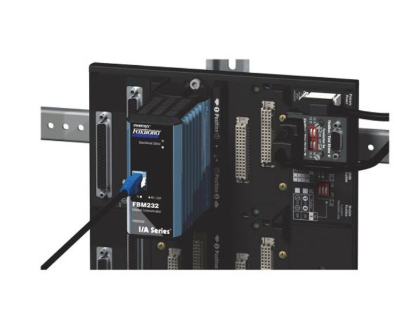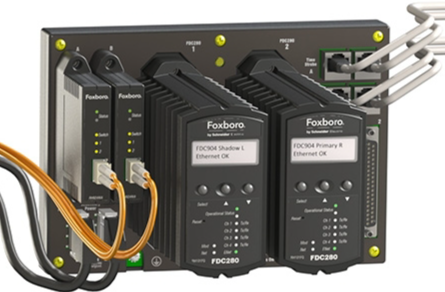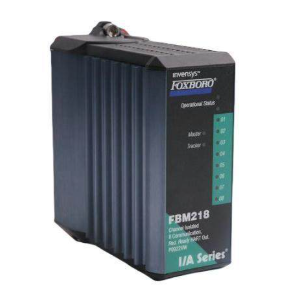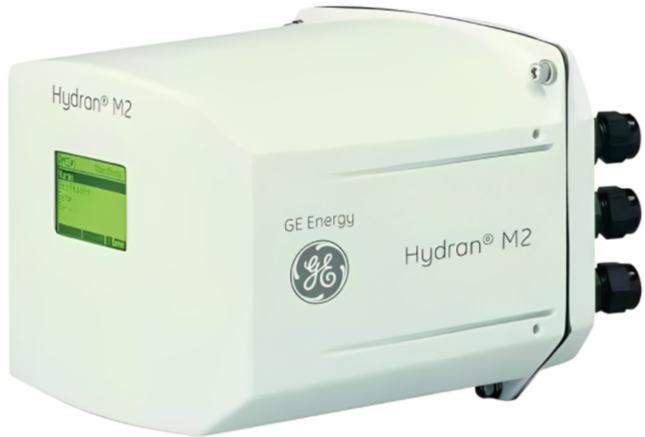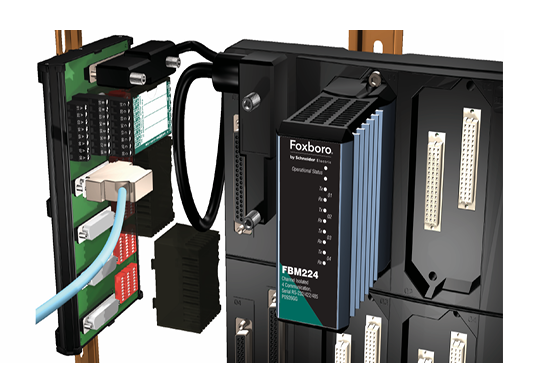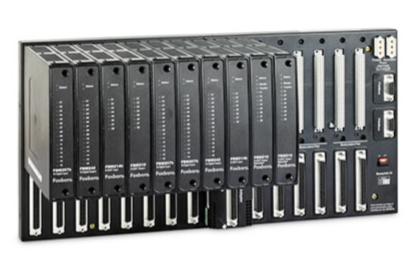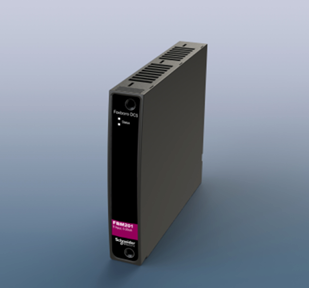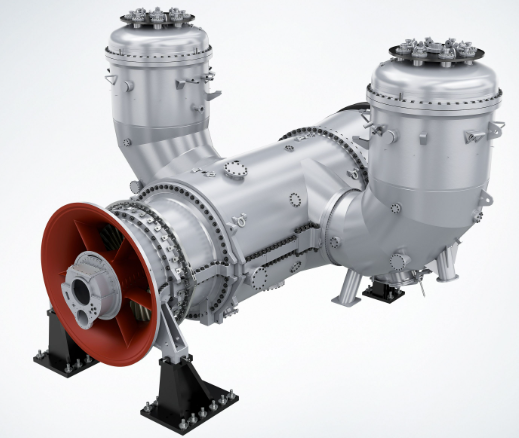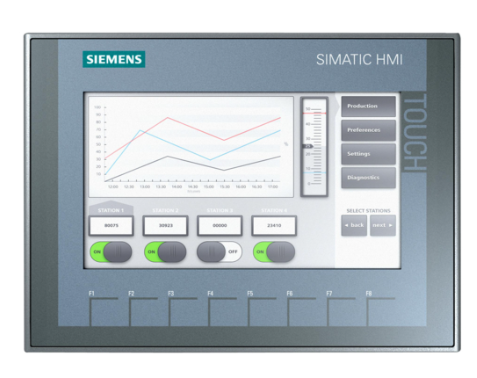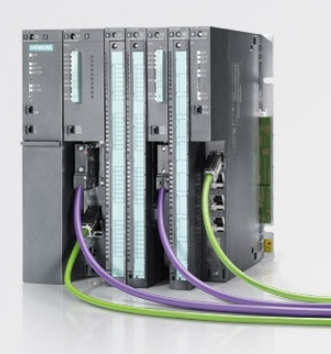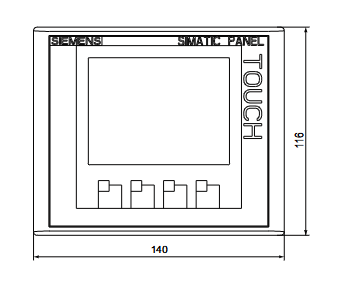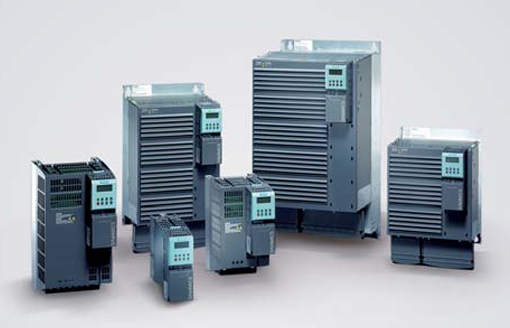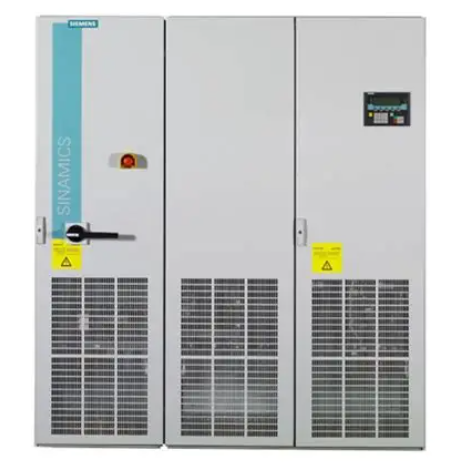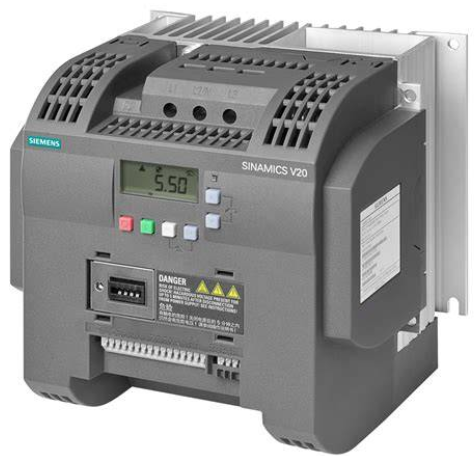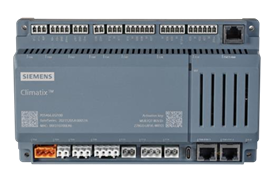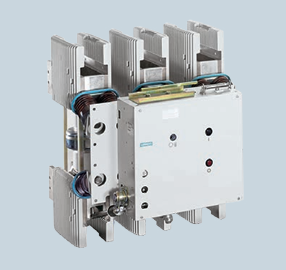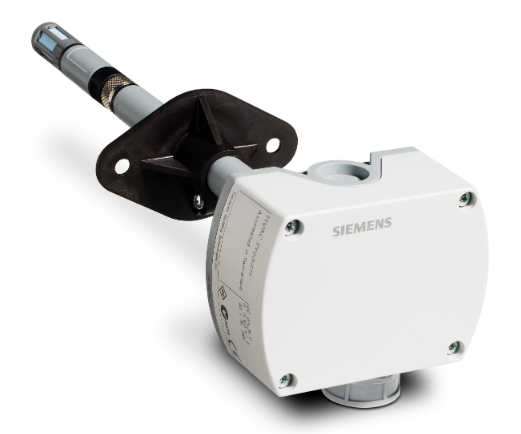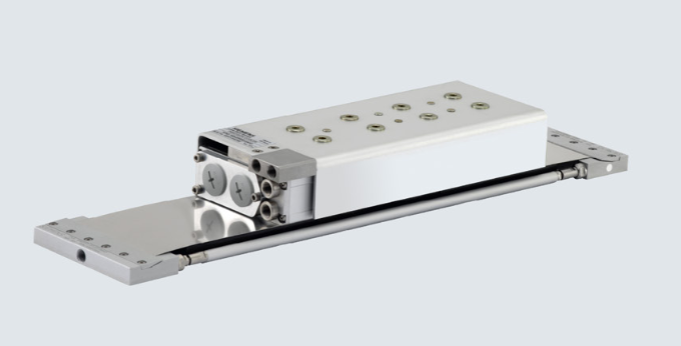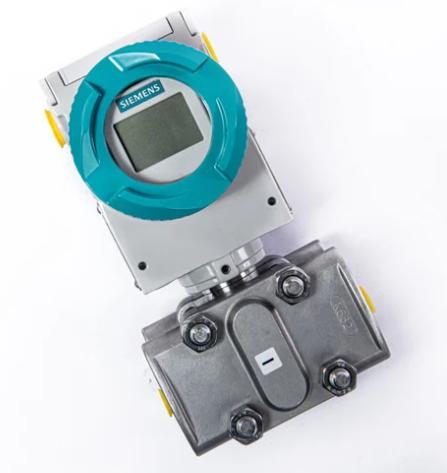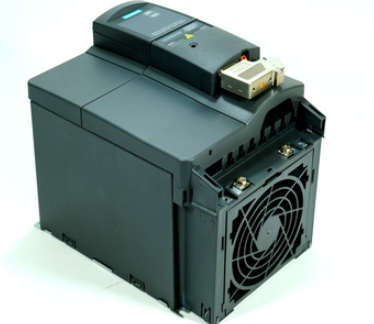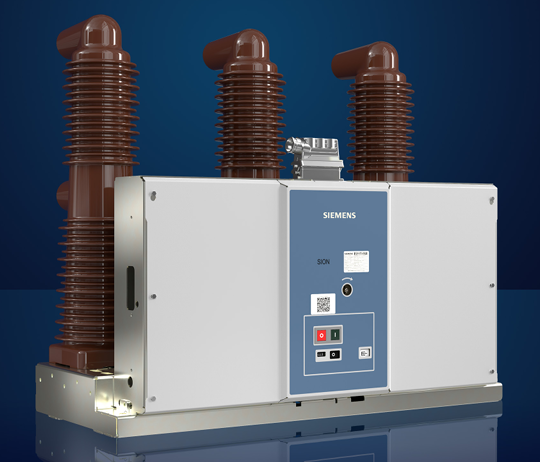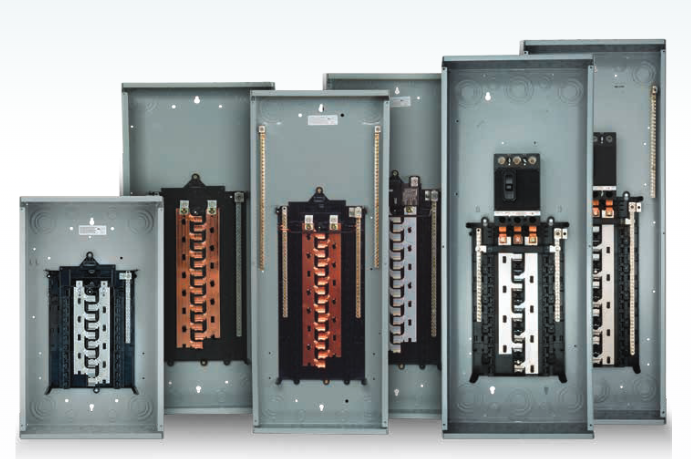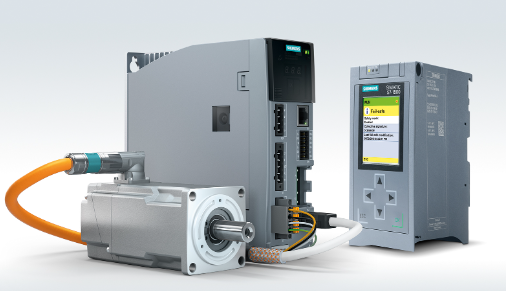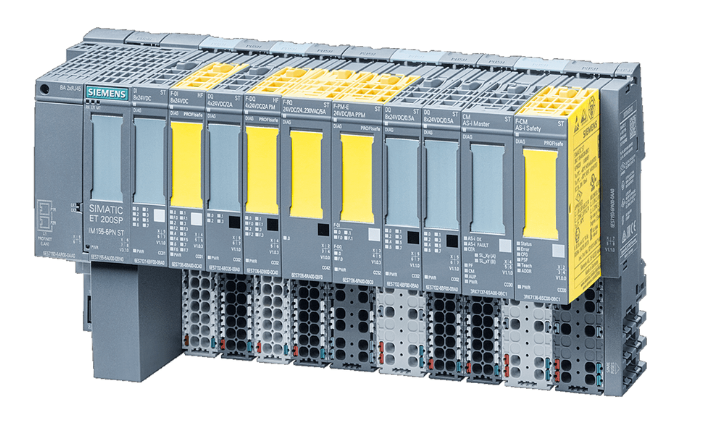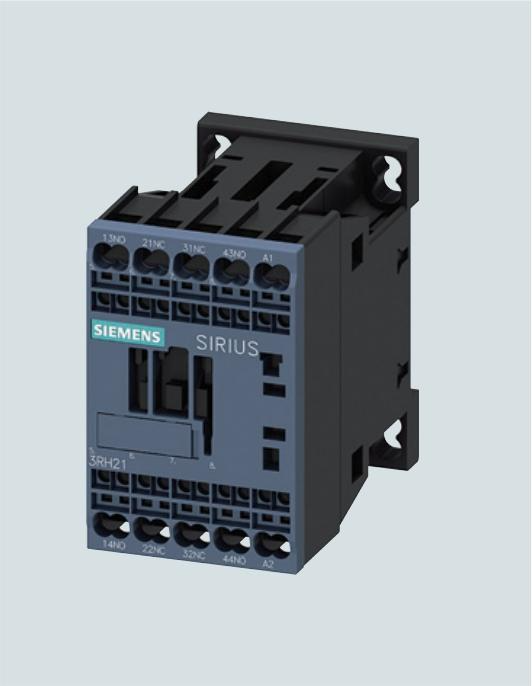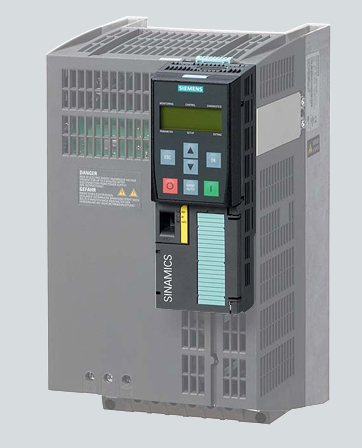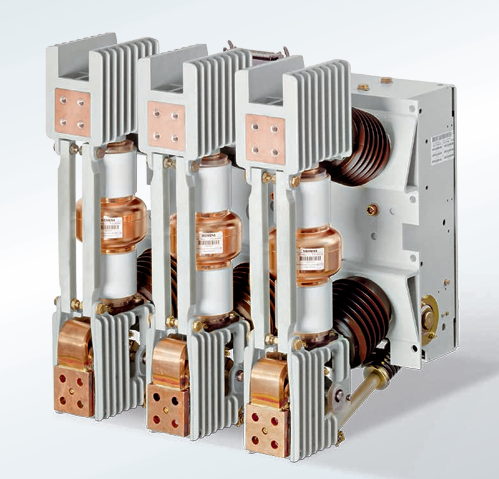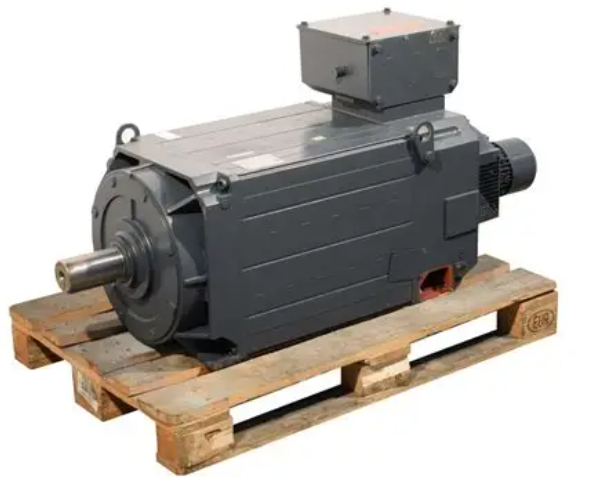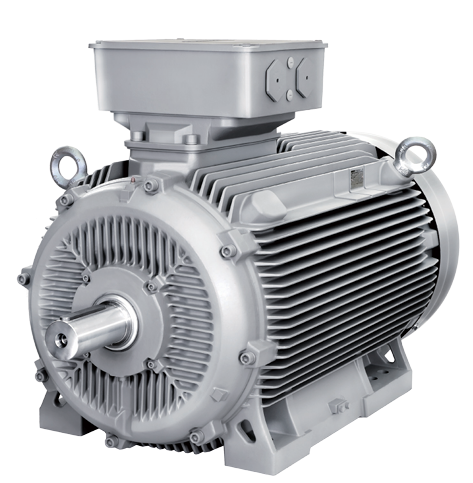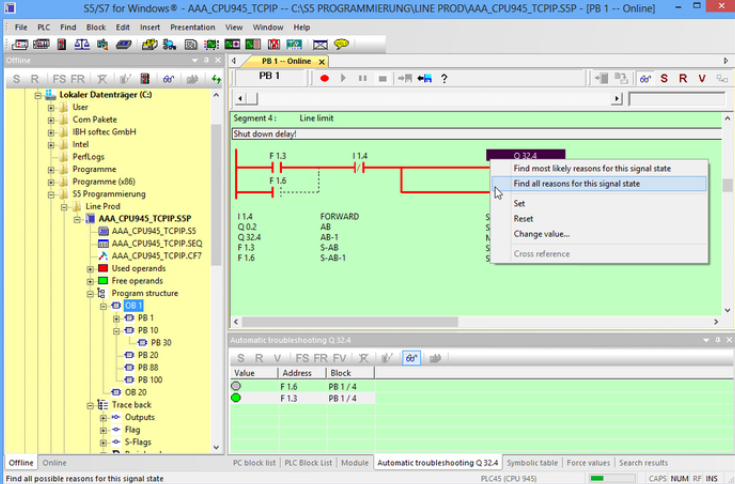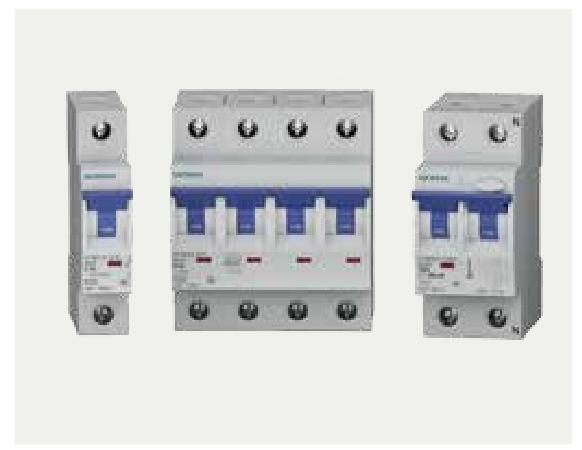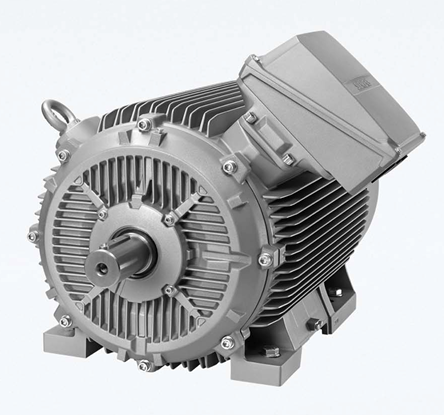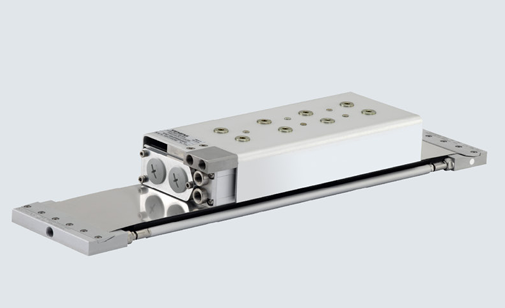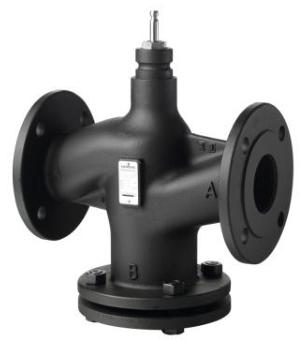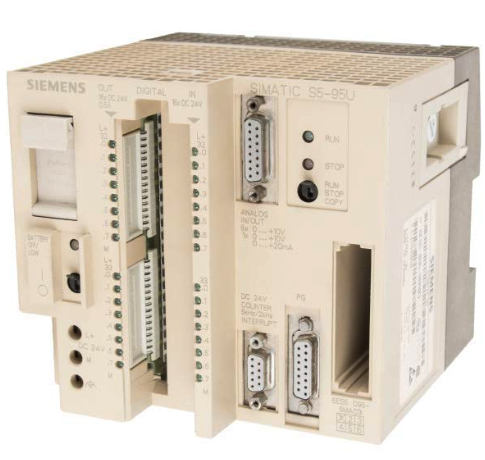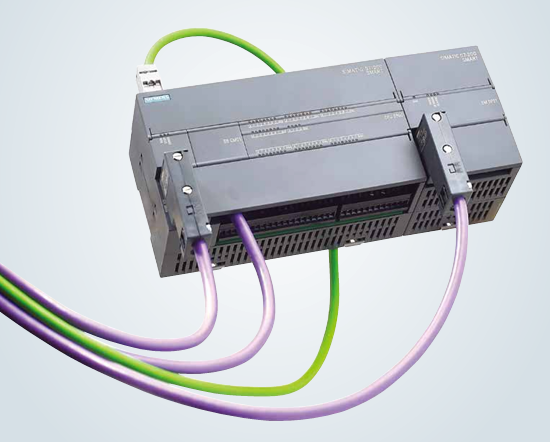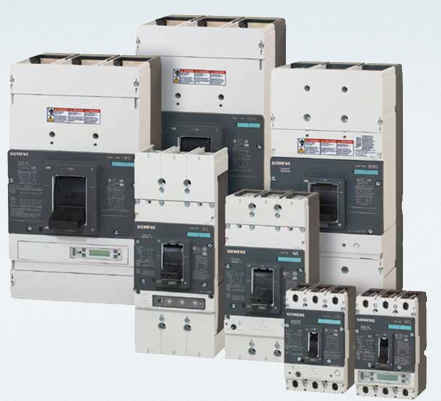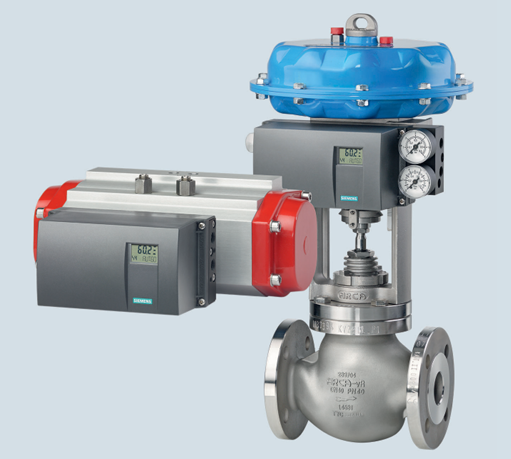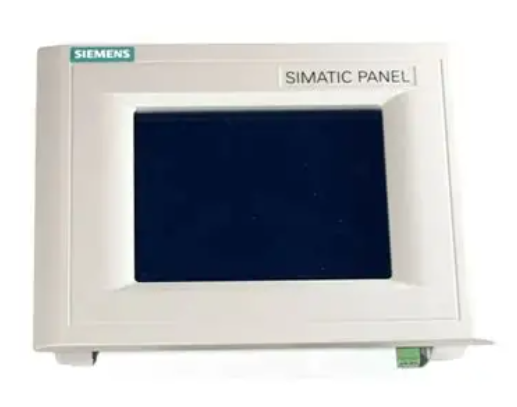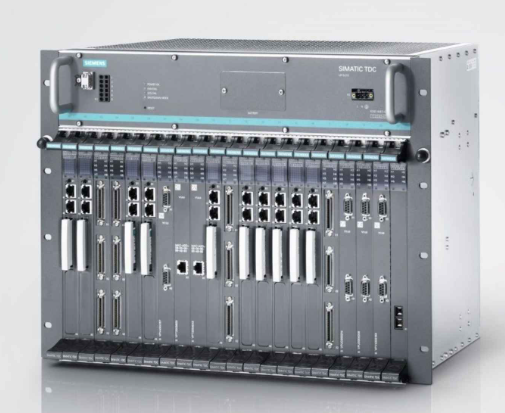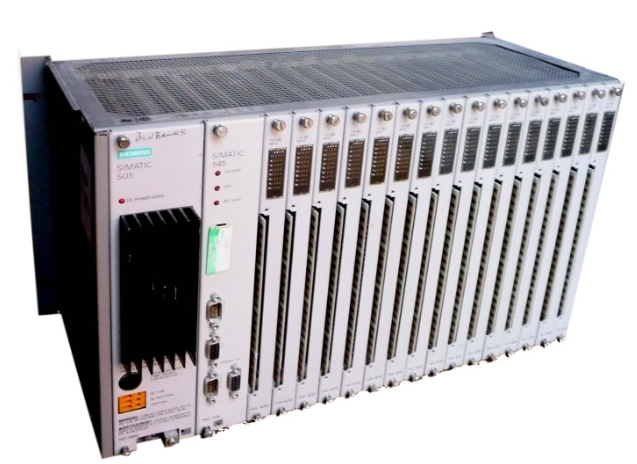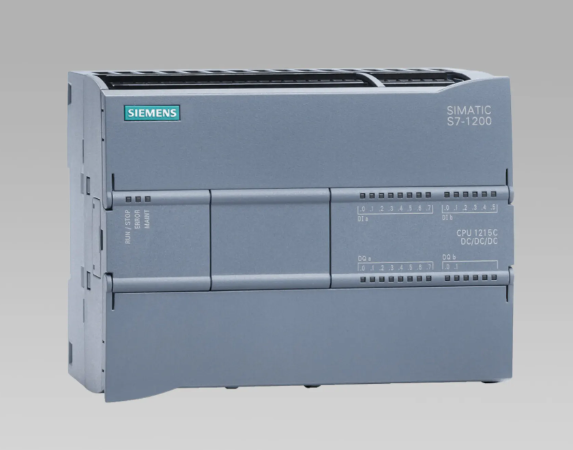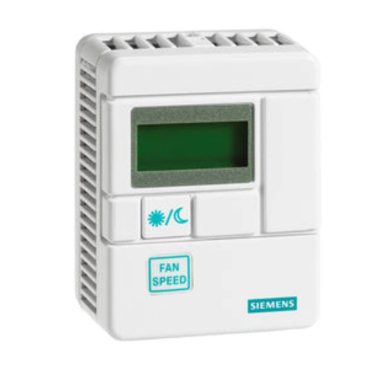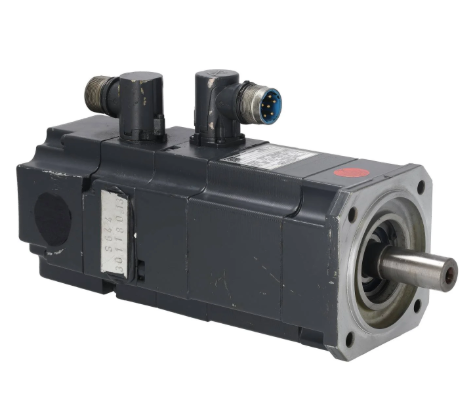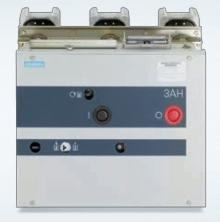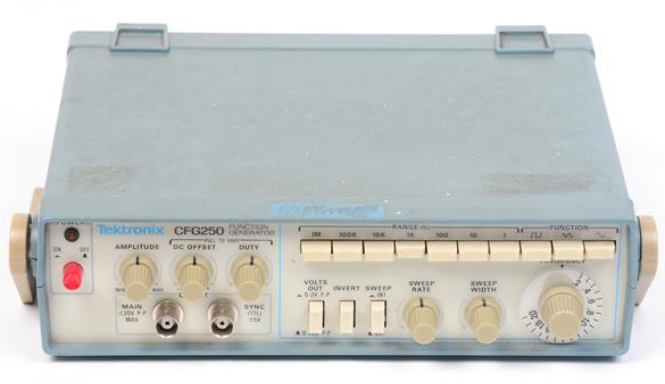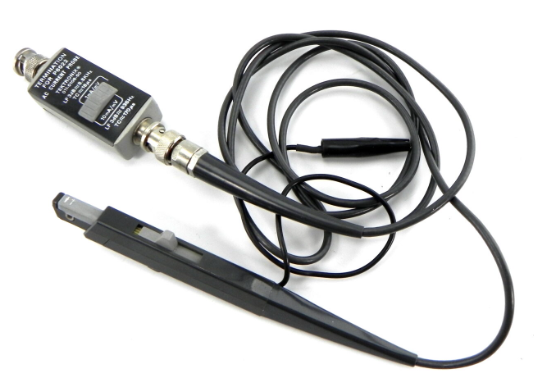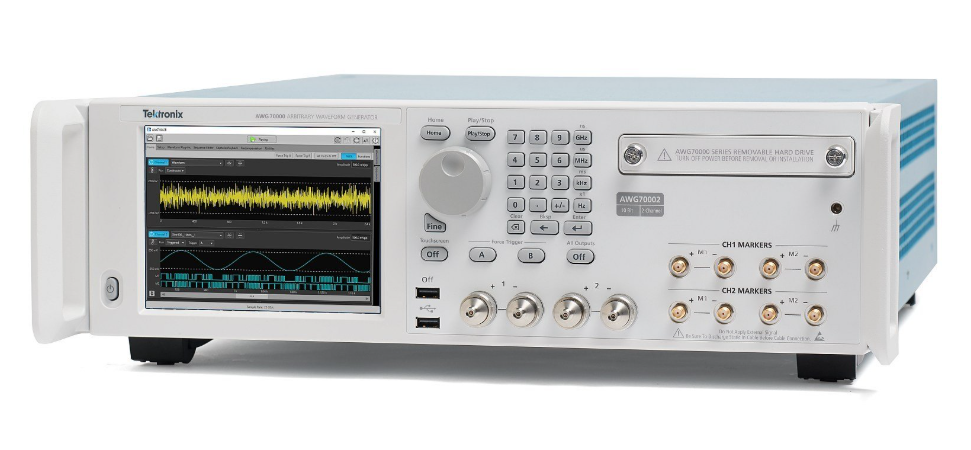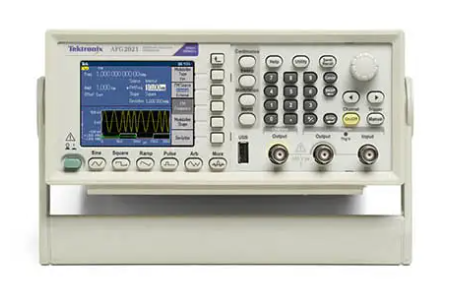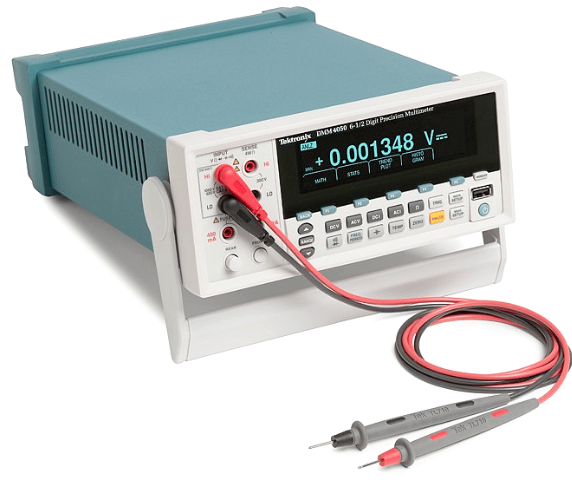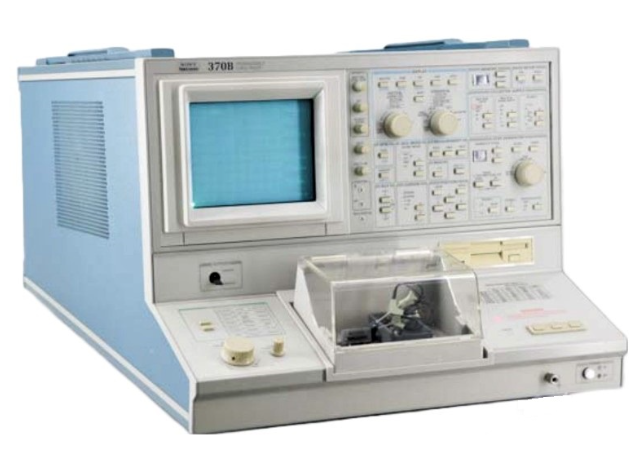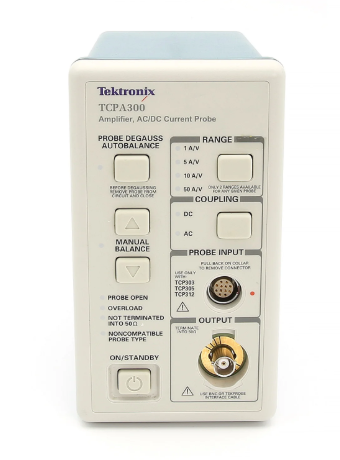

K-WANG


- Telephone:+86-15305925923
- contacts:Mr.Wang
- Email:wang@kongjiangauto.com
Manufacturers
ABB
Model(s)
ABB Advant Controller 31, ABB Advant OCS
Additional Information
07 KT 97 - ARCnet
Estimated Shipping Size
Dimensions: 6.0" x 4.0" x 10.0"
(15.2 cm x 10.2 cm x 25.4 cm)
Weight: 1 lbs 15.0 oz (0.9kg )
Tariff Code: 8538909100
Country of Origin: Sweden
Ships from Webster NY, USA
ABB GJR5253000R0160 07KT97 Central Unit
Product Overview
Product identification: ABB GJR5253000R0160 07KT97 is a central unit manufactured by ABB. The ‘GJR5253000R’ part may identify the product family and a specific configuration, the ‘0160’ may represent a specific version or sub-model, and the ‘07KT97 ‘ is used to pinpoint the product within the ABB product family.
Central role: In industrial automation or complex control systems, this central unit is at the heart of the process. It acts as a command centre, integrating and coordinating the various subsystems, devices as well as different signals and commands to ensure that the entire system can operate efficiently and precisely.
Performance Characteristics
Computing and Processing Power
High-efficiency computing: with a powerful computing core, it can quickly process large amounts of data. In industrial scenarios, it can receive and process data from numerous sensors (e.g. temperature sensors, pressure sensors, liquid level sensors, etc.) in real time. For example, in a chemical production process, it may need to process real-time data from hundreds of sensors at the same time, including temperature and pressure changes in the reactor, material flow and other information, and complete the analysis and processing of data in a very short time.
Complex Algorithm Support: Supports a wide range of complex control algorithms, such as advanced PID (Proportional Integral Derivative) control algorithms, which are able to make precise adjustments based on the difference between setpoints and actual feedback values. For example, in industrial heating processes, PID algorithms precisely control the power of heating equipment to stabilise the temperature near the setpoint, effectively reducing temperature fluctuations and improving production quality.
Communication function
Diversity of interfaces: Equipped with a variety of communication interfaces, including but not limited to Ethernet interface, RS-485 interface, CAN bus interface and so on. The Ethernet interface is used for high-speed, long-distance data transmission, facilitating remote monitoring and system integration. For example, the Ethernet interface allows the device to be connected to the factory LAN, allowing the operator to check the status of the device remotely from the central control room.The RS-485 interface is suitable for connecting multiple distributed devices to build a reliable fieldbus network, such as connecting multiple remote I/O modules or smart meters.The CAN-bus interface is used in a wide range of applications in specific areas, such as in automotive manufacturing, to communicate between the electronic control units within the vehicle. CAN bus interfaces are widely used in specific areas such as automotive manufacturing for communication between electronic control units within a vehicle.
Protocol compatibility: Supports a wide range of industrial communication protocols such as Modbus, Profibus, Ethernet/IP, etc. This makes it possible to communicate with a wide range of different brands and applications. This allows seamless communication with different brands and types of equipment. For example, in an automation system containing ABB devices and Siemens devices, it can communicate with Siemens PLCs using the Profibus protocol, and at the same time exchange data with other brands of sensors or actuators via the Modbus protocol, which greatly enhances the compatibility and openness of the system.
Reliability and Stability
Hardware quality assurance: It is manufactured with high-quality electronic components, which are strictly screened and quality-tested during the selection and manufacturing process. For example, the design and manufacture of circuit boards follow high reliability standards, and multi-layer circuit boards are used to enhance anti-interference capability; the chips are selected from industrial-grade chips, which are able to withstand unfavourable factors such as temperature changes, electromagnetic interference and mechanical vibration in industrial environments to ensure stable operation for a long period of time.
Redundant design (possible): In order to cope with possible failures, it may have redundant design. For example, the power supply section may have a dual power supply redundancy mechanism so that when one power supply fails, the other power supply can automatically take over to ensure continuous power supply to the equipment. In the critical communication path or data storage section, there may also be backup measures to prevent data loss or communication interruption, ensuring high system availability.
Expandability and Flexibility
Easy Hardware Expansion: Provides good hardware expandability, by adding expansion modules, you can easily increase the function of the system. For example, when more input/output interfaces are needed, I/O expansion modules can be added; if communication functions are to be enhanced, corresponding communication expansion modules can be inserted. This modular design allows the system to be flexibly expanded according to the actual needs and adapt to the ever-changing industrial production environment.
Flexible software programming: It supports a variety of programming languages and programming methods, such as ladder diagrams, instruction lists, structured text and so on. Users can choose the appropriate programming method according to their own programming habits and specific control tasks. For example, for simple logic control tasks, using ladder diagram programming is intuitive and easy to understand; while for complex data processing and the implementation of advanced control algorithms, structured text programming is more advantageous. Users can freely adjust and expand the software functions according to the actual situation to meet different control needs.

| User name | Member Level | Quantity | Specification | Purchase Date |
|---|







